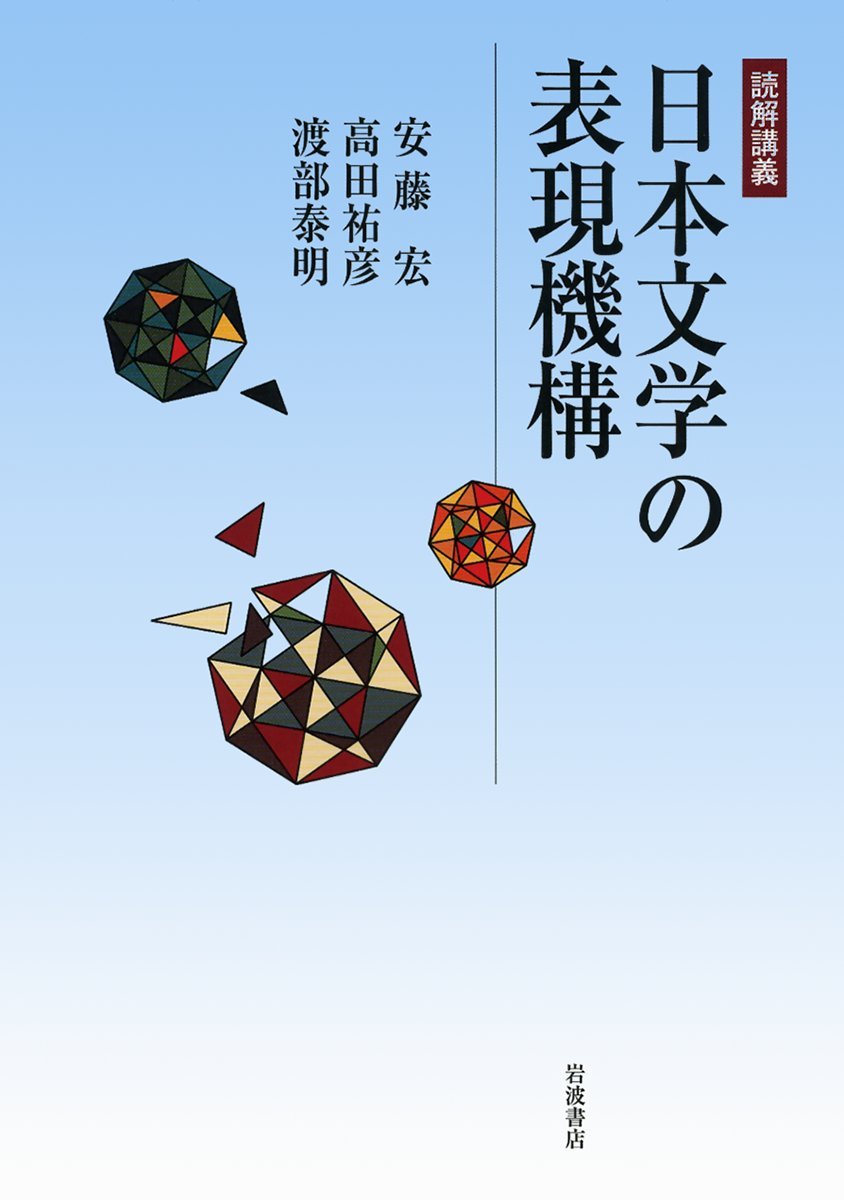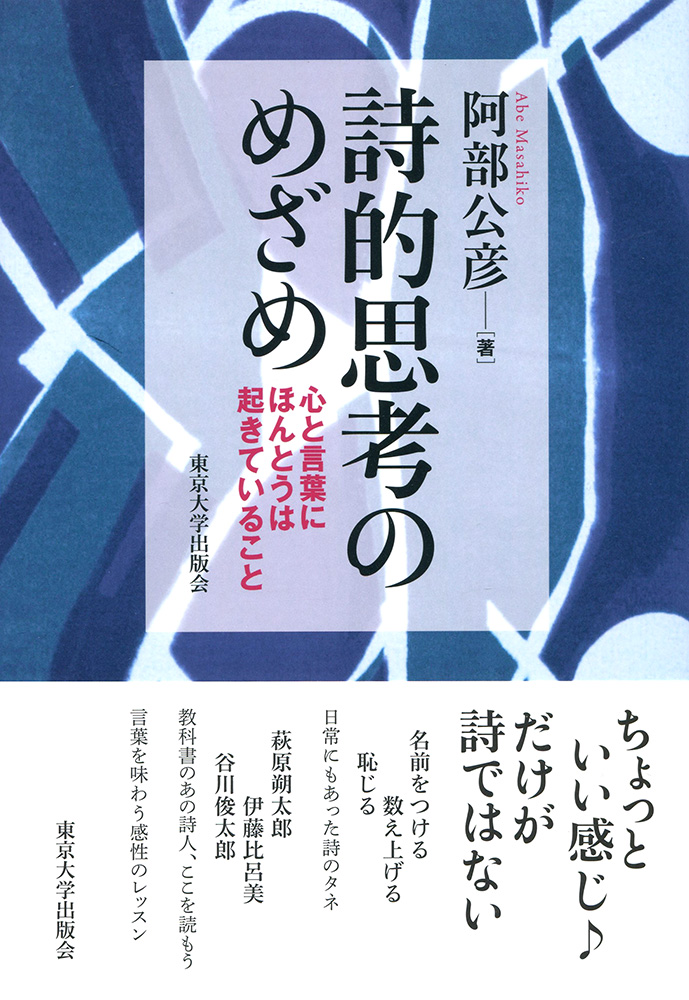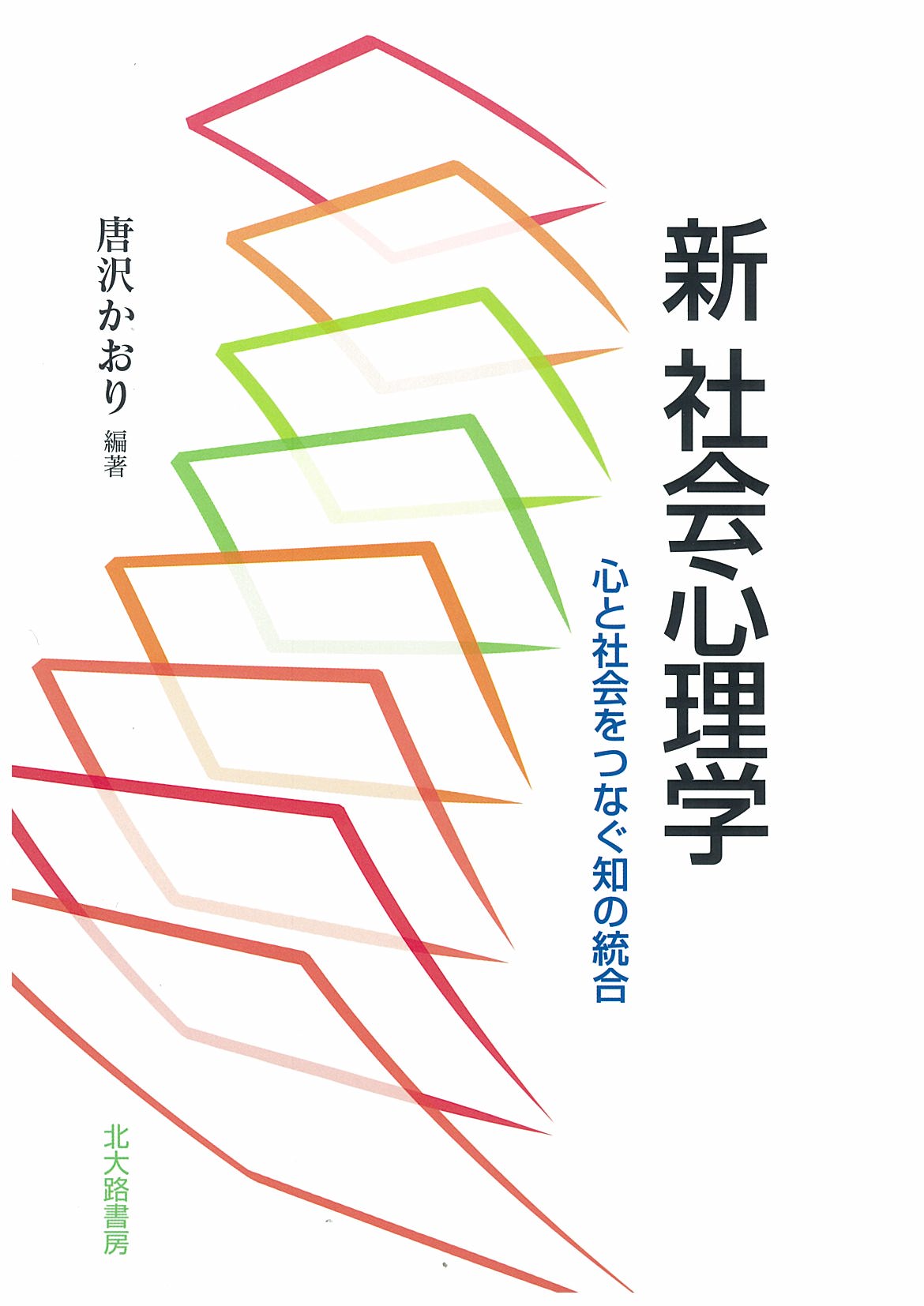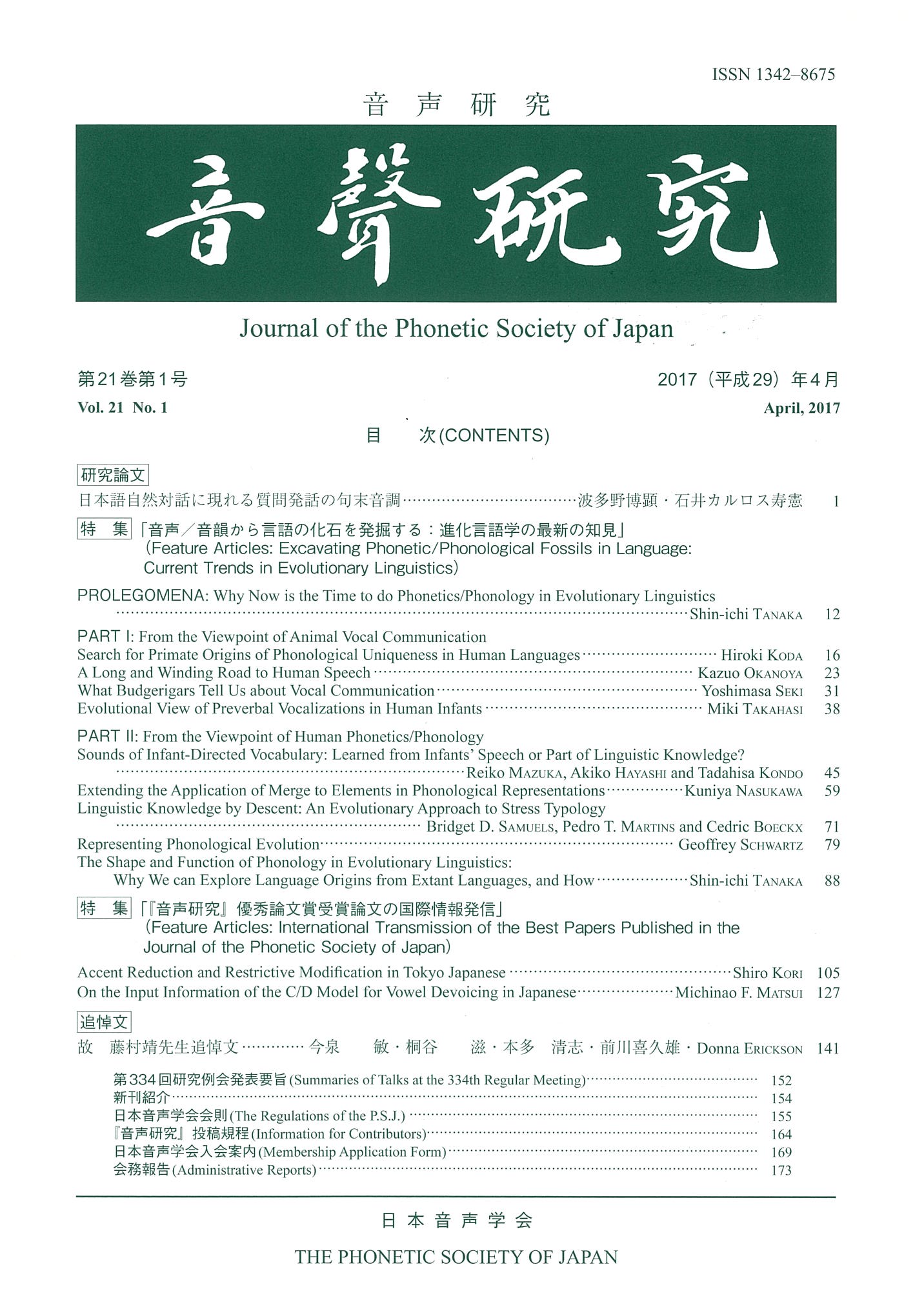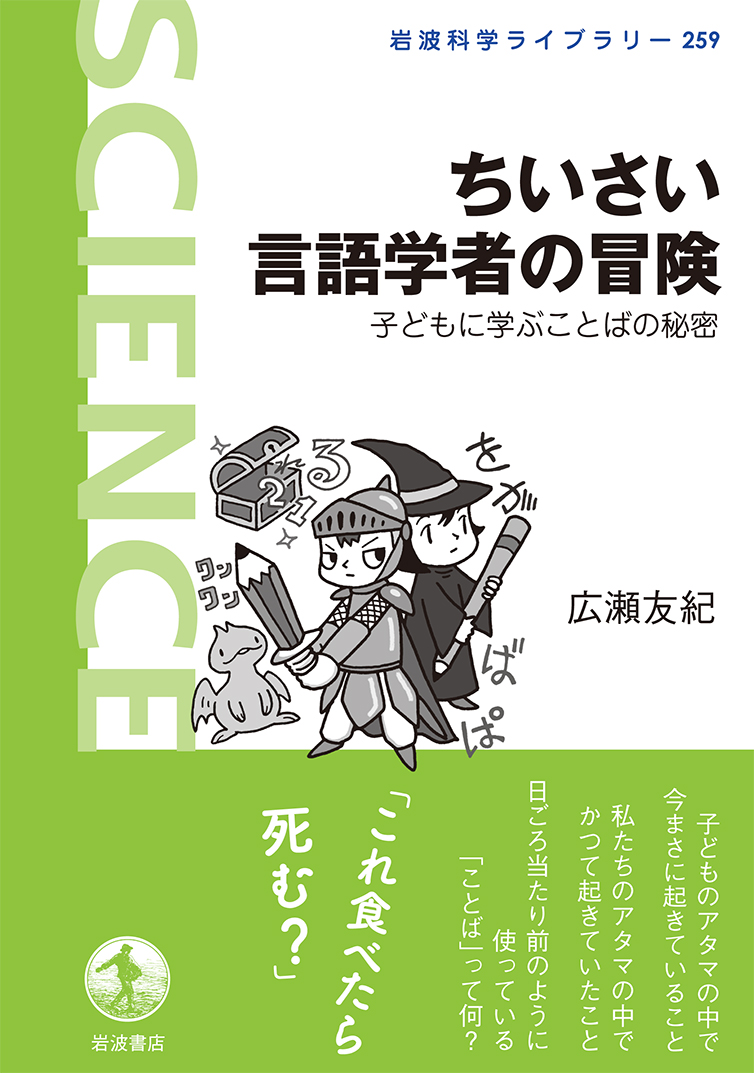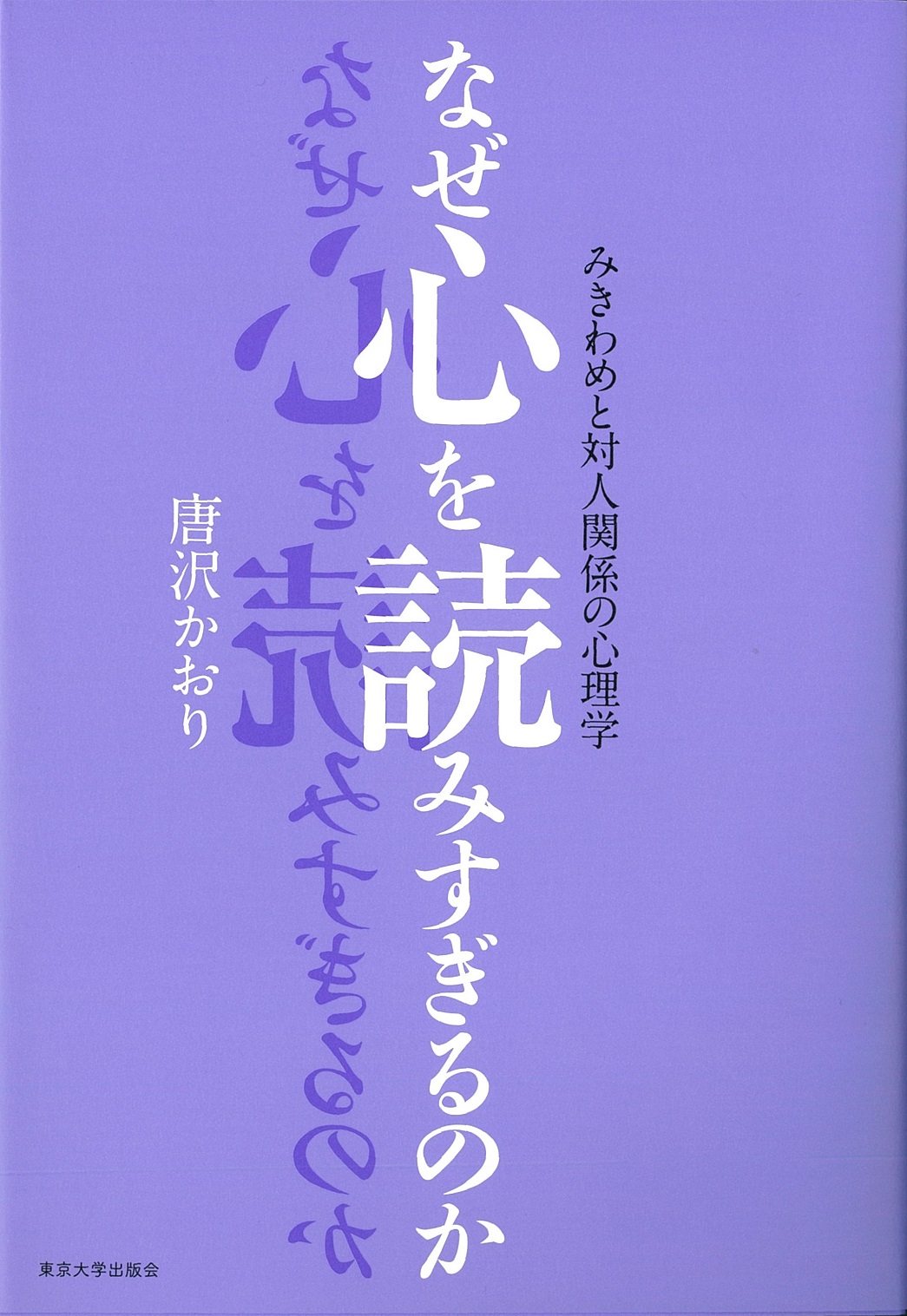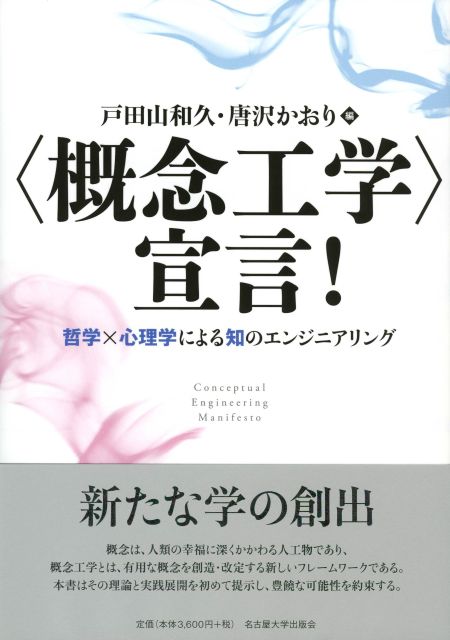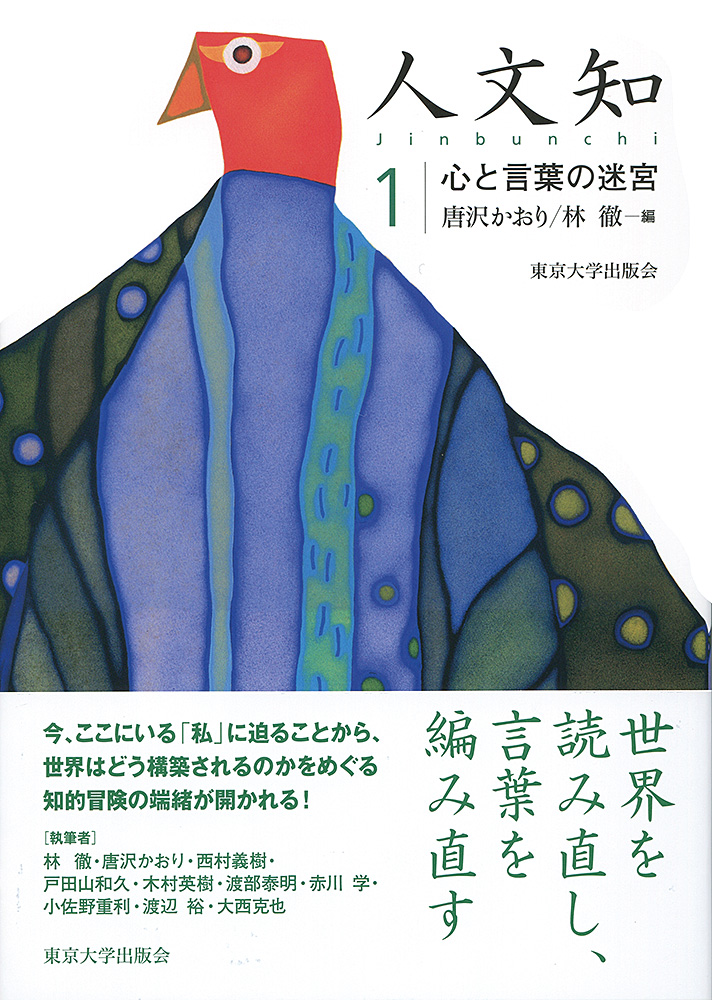
Title
Kokoro to Kotoba no Meikyu (Humanities in Perspective 1: Labyrinths of the Mind and Language)
Size
240 pages, A5 format
Language
Japanese
Released
July 25, 2014
ISBN
978-4-13-003501-9
Published by
University of Tokyo Press
Book Info
See Book Availability at Library
Japanese Page
We ask ourselves who we are. We discover the existence of others, make contact with them, and sometimes repel them. We look back at the past, develop our culture, and plan for the future. The knowledge of humanity attempts to discover the world that deals with these activities, and to reconstruct them.
The issues related to mind and language are important and fundamental within this knowledge because they are the origins of reconstructing the world, while simultaneously defining human beings. The essential quality that separates human beings from other living things is the mind that enables the sophisticated understanding of the self and others, as well as the ability to handle language. The mind allows us to relate to others, understand the world and be inspired by literature and the arts. Language also enables us to share the world with others, communicate our emotions, and map out ideas for the future. Mind and language are important "tools" that connect us with the world and allow us to be creative.
However, it is not easy to answer questions regarding the mind and language. The richness and complexity of the world weaved by the mind and language makes it difficult to define its true nature. As the title of this book describes, it is like a labyrinth, and you might fall into a pit just when you find the light. The path to the truth is unclear - it may divert us and make us lost.
Even so, the labyrinths of the mind and language are worth exploring. What we can discover in this labyrinth are insights on the definition of human beings. Mind and language also allow us to transform the world from chaos to being meaningful.
The book describes the outcomes of research on these questions. Mind and language are at the central core of the quest, not only of psychology, linguistics, and literature, but also of philosophy, aesthetics, art history, and sociology. Each chapter shows the map of the labyrinths drawn by authors of various fields of humanity, who have considered deeply about the topic with their own "mind and language". The readers are invited to the labyrinths by using the map, to explore it, and to understand the world with their own mind and language.
Also, this is the first volume of the "Humanities in Perspective" series, which consists of three volumes. The other volumes are "Communicating with the Dead" (the second volume) and "Boundaries and Crossings" (the third volume). "Communicating with the Dead" presents the shape of knowledge about humanity, by connecting the future and the past. It rediscovers us as the descendants who are listening to the voice of those who died before us, the "dead", and defines us as the relaying point of the past and the future. "Boundaries and Crossings" illustrates the "self" shaped by relationships with others, through unraveling the history of conflict and assimilation between the self and others. The whole series may help you to find the way out of the labyrinth into the world of knowledge about humanity, which expands beyond time and space.
(Written by KARASAWA Kaori, Professor, Graduate School of Humanities and Sociology / 2017)



 Find a book
Find a book


